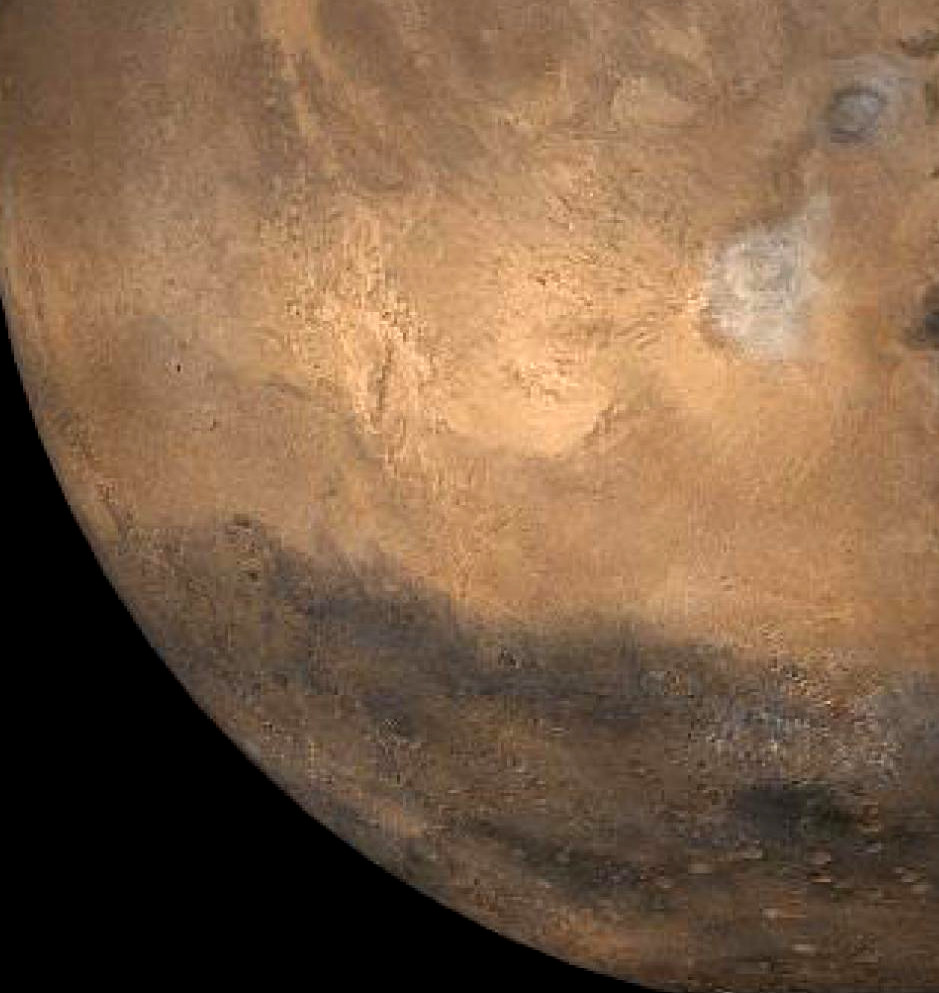Mars water moves mapped
 Researchers have been investigating what happened to all the water on Mars.
Researchers have been investigating what happened to all the water on Mars.
Billions of years ago, the Red Planet was far more blue. Evidence from the surface has shown that abundant water once flowed across Mars, forming pools, lakes, and deep oceans.
But it now appears as a dusty, desolate deadzone, leading experts to ask where all the water went.
According to new research from the USA, between 30 and 99 per cent of the water is trapped within minerals in the planet's crust.
The research challenges the current theory that the water on Mars escaped into space.
The team from the California Institute of Technology (Caltech) and NASA’s Jet Propulsion Laboratory (JPL) has found that around four billion years ago, Mars was home to enough water to have covered the whole planet in an ocean about 100 to 1,500 meters deep.
But, by a billion years later, the planet was as dry as it is today.
Previously, scientists seeking to explain what happened to the flowing water on Mars had suggested that it escaped into space, victim of Mars's low gravity. Though some water did indeed leave Mars this way, it now appears that such an escape cannot account for most of the water loss.
The escape of a planet's water via the upper atmosphere would leave a telltale signature on the ratio of deuterium to hydrogen in the planet's atmosphere, but this was not evident.
The study proposes that a combination of two mechanisms - the trapping of water in minerals in the planet's crust and the loss of water to the atmosphere - can explain the observed deuterium-to-hydrogen signal within the Martian atmosphere.
“Findings from the last decade of Mars missions have pointed to the fact that there was this huge reservoir of ancient hydrated minerals whose formation certainly decreased water availability over time,” says Caltech researcher Dr Bethany Ehlmann.
“All of this water was sequestered fairly early on, and then never cycled back out,” researcher Eva Scheller says.
The full paper is accessible here.








 Print
Print